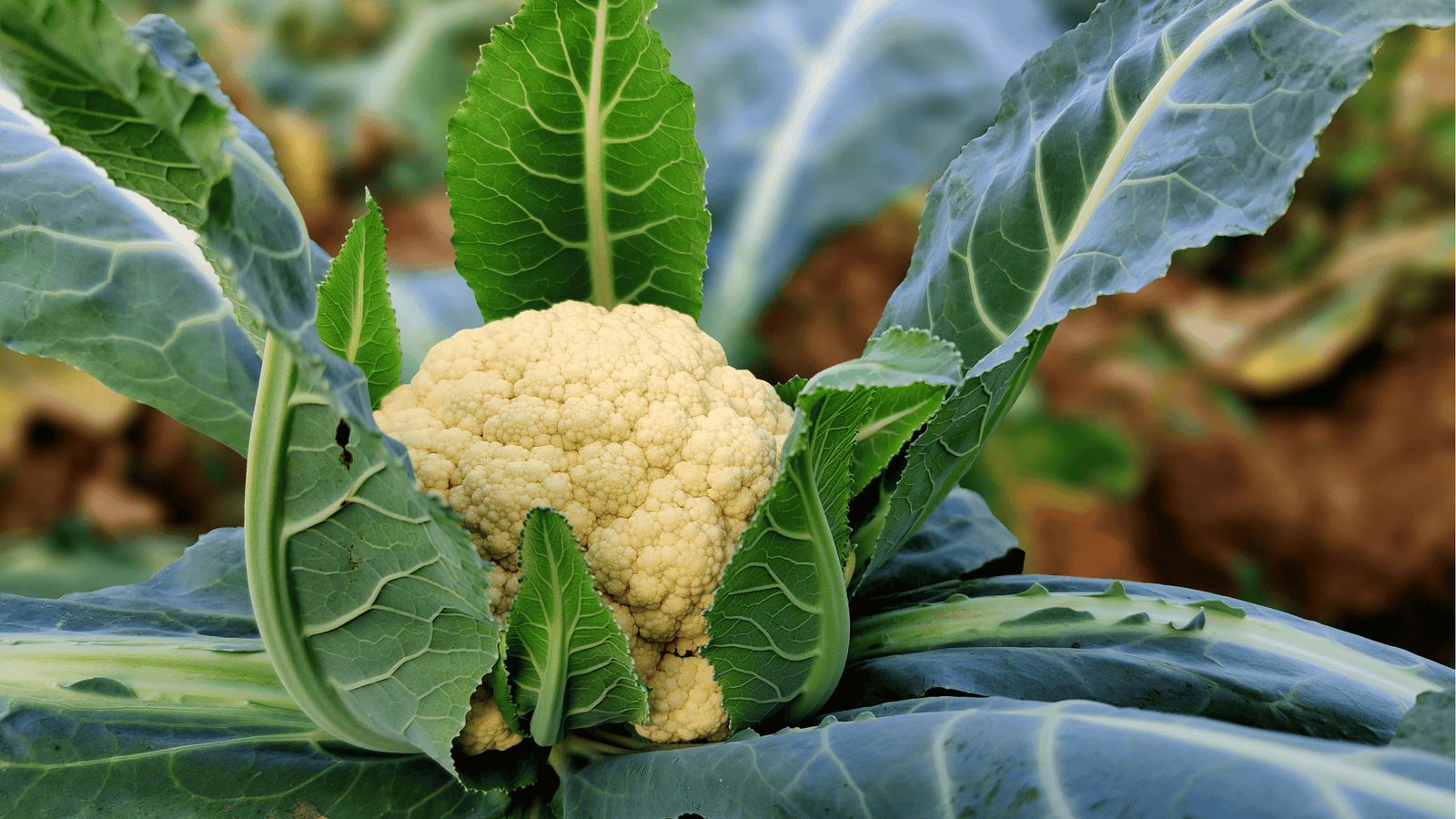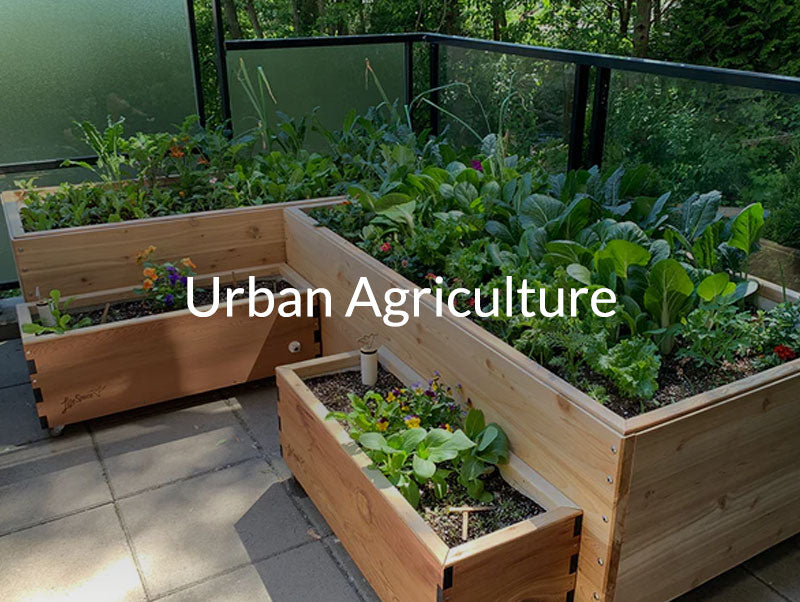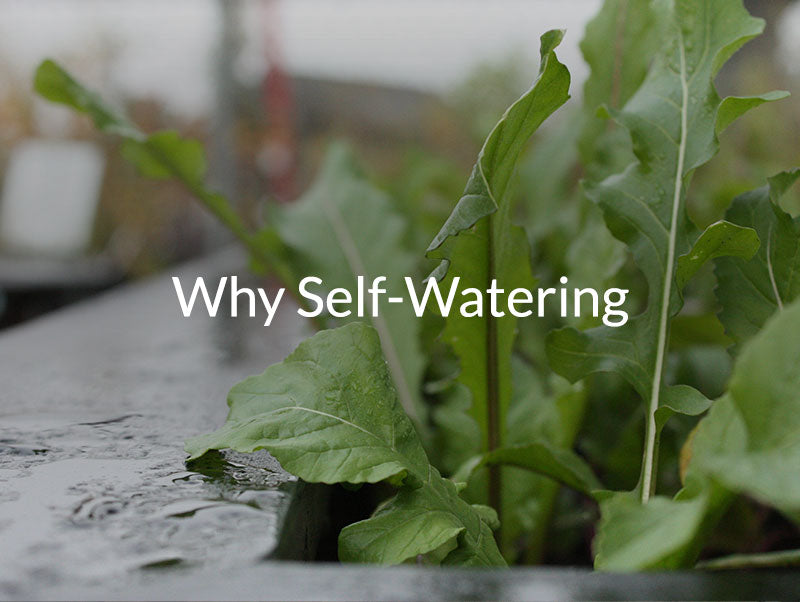Cauliflower Growing Guide 🥦: Step-by-Step Tips for Perfect Harvests

Introduction
Cauliflower is a cool-season favorite that rewards patient gardeners with large, compact heads perfect for roasting, ricing, or enjoying raw. In SIPs and wicking beds, steady bottom-up watering encourages uniform growth while preventing stress that can cause loose or bitter florets. Using GardenWells inserts ensures balanced hydration and healthier harvests with less maintenance.
When to Plant Cauliflower
-
Spring: Start seeds indoors February–March and transplant seedlings outdoors in April–May; see the April Gardening Guide for early planting tips.
-
Summer: In cooler regions, sow a second round in June for late summer harvests; see the June Gardening Guide for SIP hydration strategies.
-
Fall: Sow seeds in July–August for a fall harvest; check the September Gardening Guide for overwintering advice in mild climates.
Square Foot Gardening Spacing
-
Spacing: 1 cauliflower per sq ft
-
Depth: Sow seeds ¼” deep or transplant seedlings at the same depth as nursery pots
-
Companions: Excellent companions include onions, beets, and spinach.
How to Plant Cauliflower
Starting Indoors (Preferred)
-
Start seeds 6–8 weeks before your last frost.
-
Harden seedlings for 5–7 days before transplanting into SIPs or wicking beds.
-
Use well-draining mixes to support healthy root development.
Direct Seeding (Optional)
-
Suitable in mild climates with long, cool seasons, but less reliable than transplanting.
Watering Your Cauliflower
Cauliflower requires consistent, even hydration to develop firm, flavorful heads:
-
Use your WaterStem to track moisture: when the Hummingbird rises, your reservoir’s full; when it drops, refill.
-
Before establishment: Lightly top-water daily for the first 7–10 days.
-
After establishment: Refill SIP reservoirs every 1–2 weeks, adjusting based on heat and plant size.
-
Mulch generously to stabilize soil temperatures and reduce weeds.
Harvesting Cauliflower
-
Timing: Harvest 65–85 days after transplanting.
-
Signs of Readiness:
-
Heads are firm, compact, and white
-
Measure 6–8 inches across
-
-
Cut heads at the base, leaving outer leaves intact for protection.
Common Issues & Fixes
| Issue | Likely Cause | Solution |
|---|---|---|
| Buttoning | Stress from heat or inconsistent watering | Use SIPs or wicking beds for steady moisture |
| Yellowing Heads | Sunburn exposure | Tie outer leaves loosely over developing heads |
| Aphids / Cabbage Worms | Common brassica pests | Interplant nasturtiums or spray neem oil |
Companion Plants for Cauliflower
Best companions (with cross-links):
-
Onions → Natural pest deterrent.
-
Beets → Use complementary SIP zones effectively.
-
Spinach → Thrives in shaded microclimates under cauliflower.
-
Celery → Shares compatible SIP watering needs.
Avoid planting with:
-
Other heavy feeders like corn — compete for soil nutrients.
-
Strawberries → Attract pests harmful to cauliflower.
Product Tips
-
Growing in small spaces? Use CondoFarms self-watering planters to grow compact cauliflower varieties on patios or balconies.
-
DIY gardeners? Turn raised beds into high-yield wicking beds with GardenWells inserts.
-
Scaling up production? Install custom self-watering raised beds for maximum yields.







